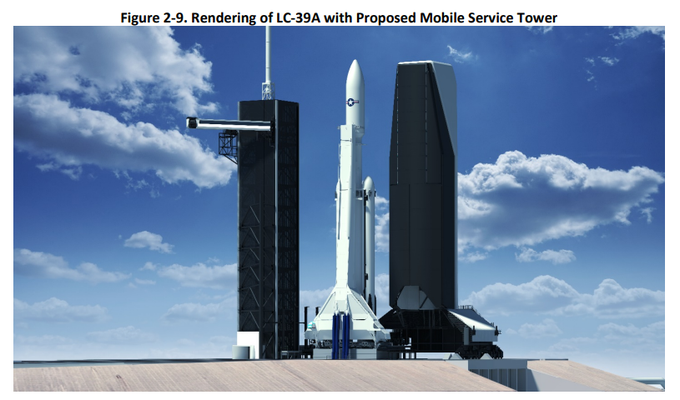There are national security launches that require launching satellites that must remain vertical at all times from integration through launch.
This may come as a shock to many
It is, unfortunately, based more in "that's the way we've always done it" and "we're 'murica, we know better than those Reds" than any particular hard logic. (And then most other launchers just copied what the Americans did) There are a few barely plausible reasons one might go that route but, lets face it, to date there's been hundreds of heavy launchers including like close to 100 Falcon 9s that have gone horizontal with payloads of all types, shapes, sizes, and propellants. (To say nothing of smaller launchers--Soyuz has launched like 1500 times or something...)
The math checks out. Horizontal is ok...and makes for a way more cost/schedule/resource efficient program.
Ironically SpaceX may change the math back with Starship, mostly because it is SOOO big. I can't tell whether the upper/payload section is a separate unit from the rocket or if the not-a-fairing-but-with-a-big-ass-cockpit-canopy-door-thing is all just part of one big starship--Intuitively it seems more efficient to be separate as they'd otherwise need an environmental chamber to transport and install the payload (eventually out at sea?), but maybe that trade closes in SpaceX land? Either way, Starship will likely always remain vertical, if for no other reason than the fact that SpaceX would otherwise have to build some massive verticalizer...which given that they're building a mega highbay in BC strongly suggests all vertical all the time. And...even if there is a separate payload unit it would almost certainly remain vertical as well--the main reason encapsulated payloads go horizontal now is for integration onto the launcher and then launcher transport.
Last edited:




